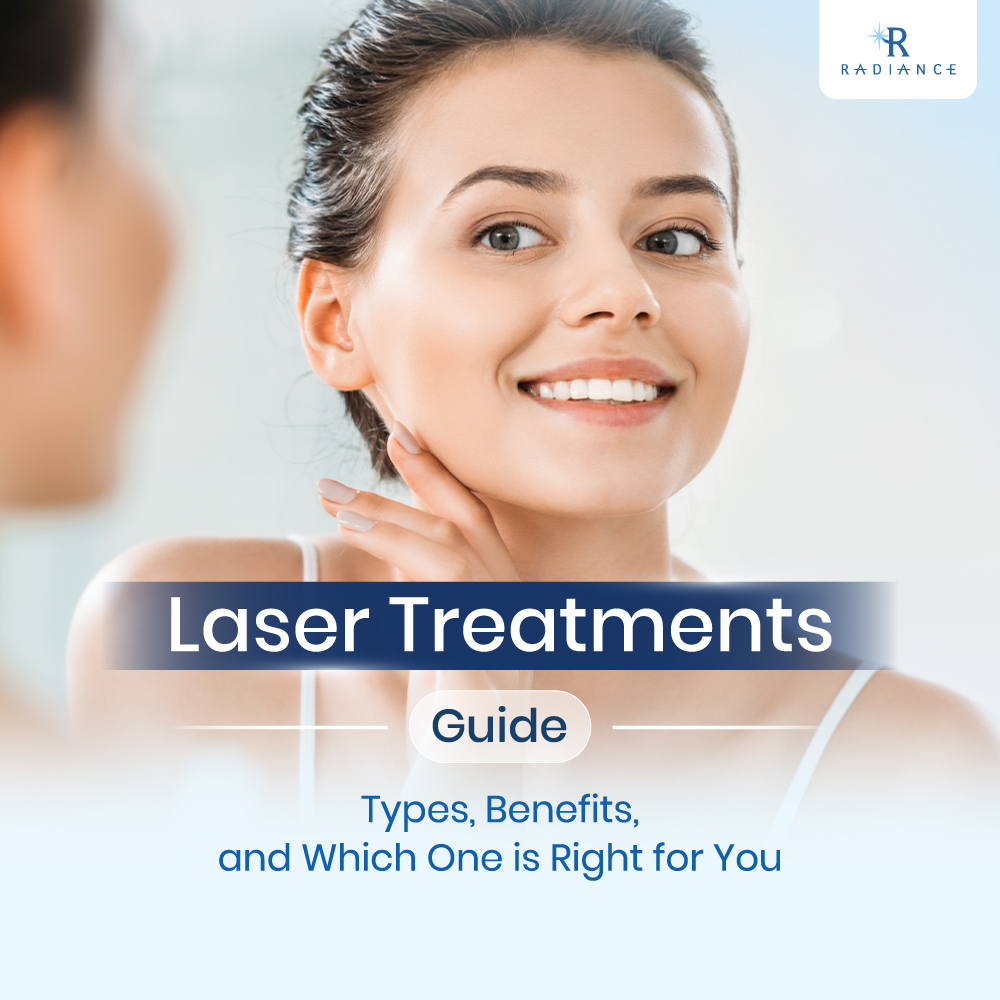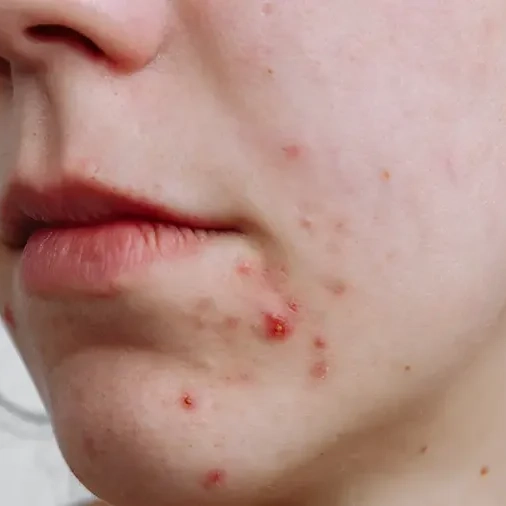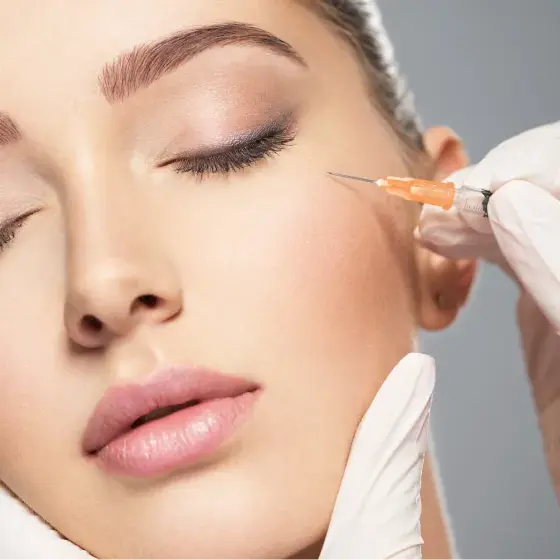First and foremost, if you wish to gain a basic understanding of the laser skin resurfacing procedure, visit the blog “All You Need to Know about Laser Skin Resurfacing“. If you’d like to know what to do after undergoing the procedure, visit our blog on “Things to Know Post-Laser Skin Resurfacing” to get a better idea.
Table of Contents
ToggleIn this blog, we’re going to discuss “Laser Skin Resurfacing” in terms of its side effects, how long the results are going to last, and lastly, we’ll share some useful tips and tricks for a speedy recovery.
Ablative and Nonablative Laser
Before we jump into the heart of this blog, let’s explore the 2 types of lasers – Ablative Laser and Nonablative Laser.
Both types of lasers significantly improve the skin’s texture and appearance. But how do they differ? Starting off with ablative laser, which precisely removes the skin’s outer layer (a.k.a. epidermis) and stimulates the skin to heal, forming a new skin surface that’s plump and smooth.
If you’re in your mid-to-late 20s, you have probably begun to experience aging skin and stiff joints due to your body’s natural reduction of collagen production. With nonablative laser skin resurfacing, the second layer of the skin (a.k.a. dermis) is heated, stimulating more collagen production. It also doesn’t destroy the outer layer of the skin, making it less invasive than ablative laser skin resurfacing.


You must always consult with a qualified professional at a trusted laser skin resurfacing clinic about your skin expectations. They will keep you posted on the potential risks and support you in making individualized skin treatment decisions for you. If you are following the skin resurfacing clinic’s recommendations to undergo laser skin resurfacing, read more below to find out about the 2 different types of lasers.
| Type of Laser | Description | Example | No. of sessions |
| Ablative | Intense wavelength laserMore aggressiveHigher risk of adverse effects Extended recovery period | CO2 | Mostly 1 |
| Nonablative | Targets the dermis without damaging the epidermisLess aggressive Shorter recovery periodLess noticeable results | Yttrium Aluminum Garnet (YAG), Intense Pulsed Light (IPL) | 1-3 |
Side Effects of LSR
Let’s explore some of the common and uncommon side effects of laser skin resurfacing.
- Redness, itching, & swelling are the most common types of reactions that occur immediately after the procedure. They may last for several days. The redness or pinkish skin may still be apparent in some patients for over a year, but this condition is particularly common among people with light-colored hair such as blondes and brunettes.
*Tips: Avoid taking hot showers and apply a cool compress to ease any discomfort.
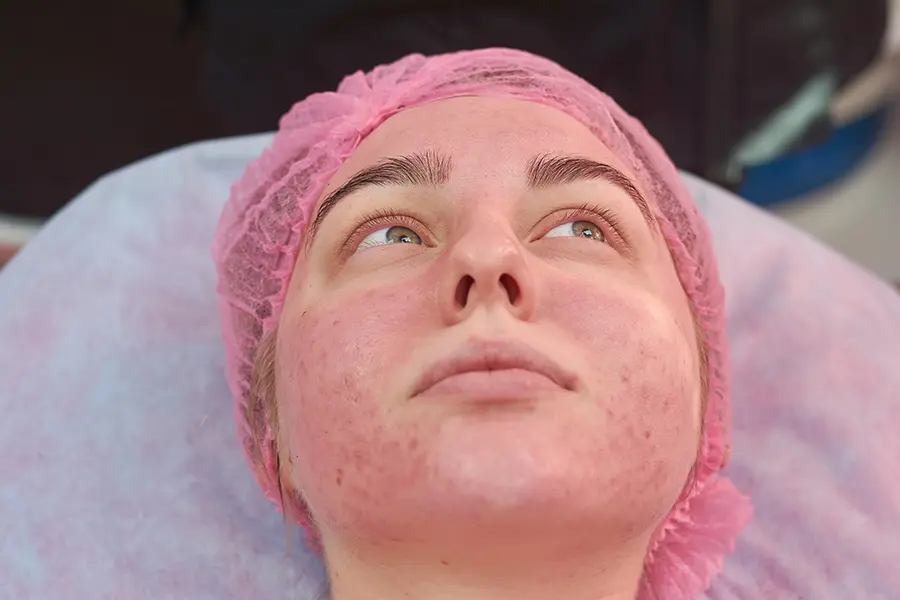
- Dryness & peeling are regular side effects while the skin heals. Make sure not to scratch or pick on your skin during these times when your skin is the most vulnerable. Follow the instructions provided by your laser skin resurfacing clinic to ensure optimal healing.
- Acne & milia could potentially form on the skin after the procedure because thick ointment and bandages are applied on the skin after the procedure. Don’t worry because this issue is temporary and usually resolves on its own.

- Infections (bacterial, viral or fungal) may occur after laser treatment, though they are uncommon. If a patient notices skin blisters accompanied by a burning sensation, it could be a sign of infection, and they should immediately consult a professional laser skin resurfacing clinic to receive antiviral agents.
- Pus, prolonged bleeding, and significant skin discoloration are unusual symptoms following laser skin resurfacing. It’s very important to be aware of these symptoms and seek immediate help from an expert if they occur.
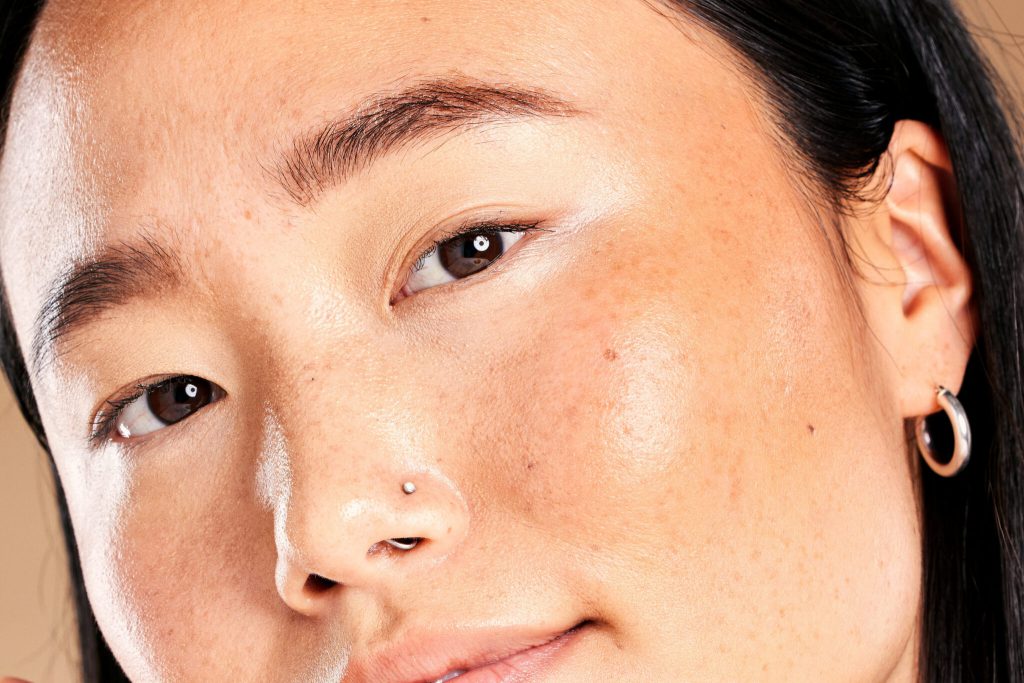
It’s important to note that each of us all have unique skin needs. If you feel something unusual about your skin, please do not hesitate to contact your skin resurfacing clinic and seek professional advice.
How long do the results last?
Generally, the laser-treated area takes about 5 to 21 days to fully heal. For ablative laser treatment, results may last for several years. On the other hand, nonablative lasers may have subtler effects and require more sessions to see progress.
In order to maintain the results of laser skin resurfacing, protect your skin from harmful UV rays, follow a good skincare regimen, and practice a healthy lifestyle. Remember to always stay hydrated by drinking lots of water, eating nutritious foods, and nourishing your skin regularly whenever possible.
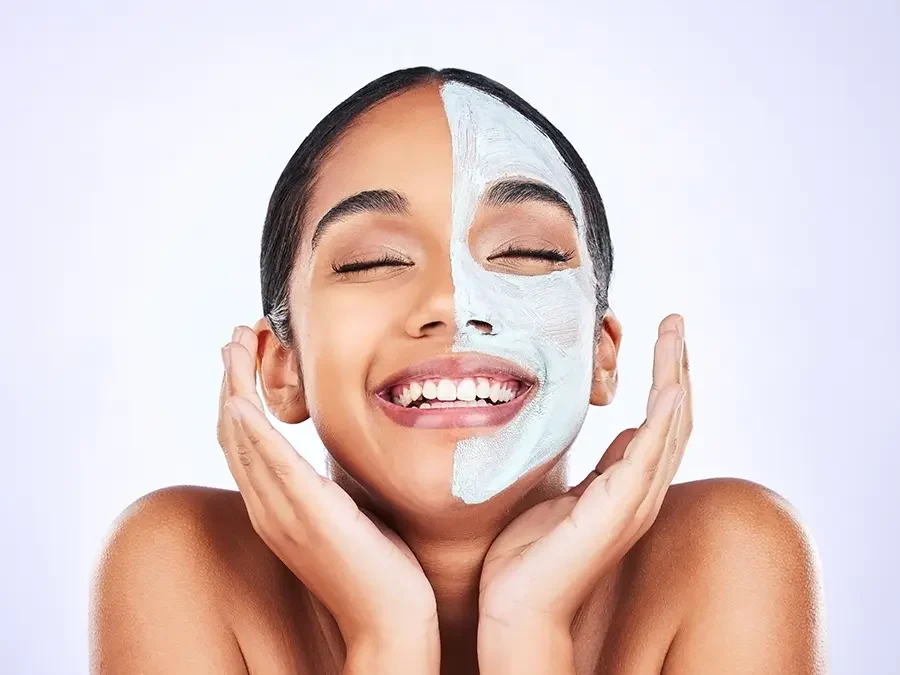
What can I do to speed up the healing process?
While beauty is all about patience, here are some useful techniques you should follow for speedy healing after laser skin resurfacing.
- Nutrition and hydration – This may sound cliché, but “you are what you eat”. Watch your skin magically transform within a few months of eating healthy foods and drinking enough water. Maintaining a diet rich in vitamins and antioxidants will support your skin health and promote a speedy recovery, and drink about ~2.7 liters of water. As a bonus, you might even achieve your body goals earlier than expected.

2. Clean your skin – Gently cleanse the skin with water or mild soap twice a day to minimize the risk of infection. Do not rub or scratch the skin with a rough washcloth.

- Keep moisturizing – Regularly apply a generous amount of moisturizer or ointment to your skin to prevent scabs from forming. This will also help reduce itching and dryness. Your skin will thank you for it.
- Avoid irritants – Stay away from products that can irritate your skin such as those that contain fragrant and alcohol. If possible, avoid going to places that increase the risk of infection such as dusty rooms.
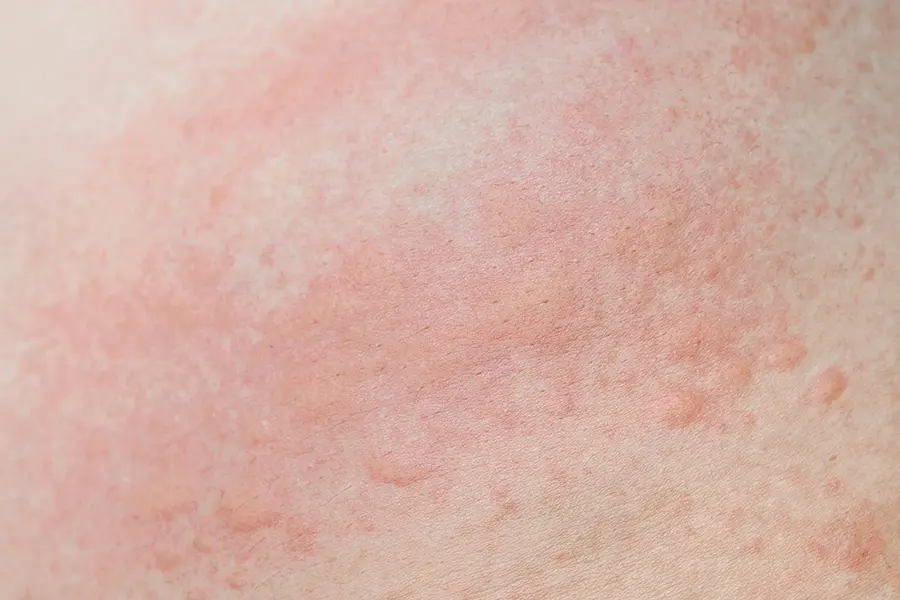
5. No smoking – Refrain from smoking as it can slow down the healing process. Smoke may increase inflammation, suppress immune system, and slow down the body’s ability to produce collagen and elastin, the fundamentals for skin repair.
Reference
Apfelberg, D. B. (1997). Side effects, sequelae, and complications of carbon dioxide laser resurfacing. Aesthetic Surgery Journal, 17(6), 365-372.
Cleveland Clinic, (n.d.). Laser skin resurfacing: Lasers types, skin conditions, what to expect. https://my.clevelandclinic.org/health/treatments/11015-laser-skin-resurfacing
Dunkin, M. A. (n.d.). Laser Skin Resurfacing. WebMD. https://www.webmd.com/beauty/laser-skin-resurfacing
Mayo Foundation for Medical Education and Research. (2022, March 2). Laser resurfacing. Mayo Clinic. https://www.mayoclinic.org/tests-procedures/laser-resurfacing/about/pac-20385114
Villines, Z. (2022, January 31). Laser skin resurfacing: How does laser skin resurfacing work. Medical News Today. https://www.medicalnewstoday.com/articles/laser-skin-resurfacing#results
Previous post >> Should I Remove my Mole?

